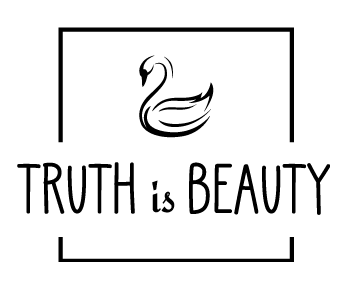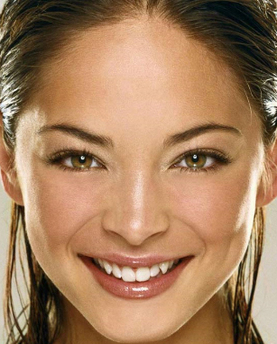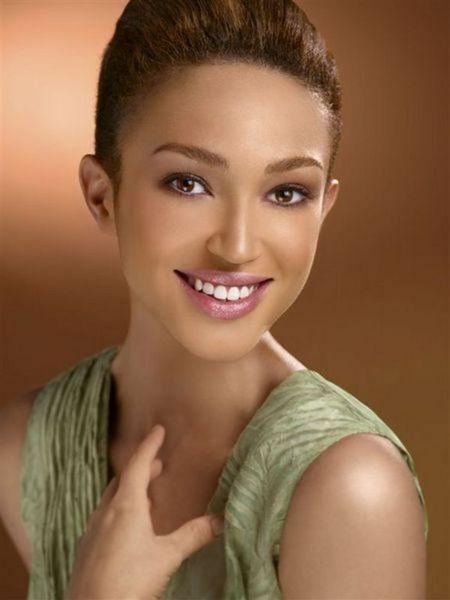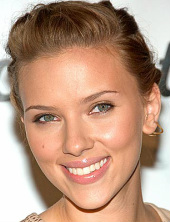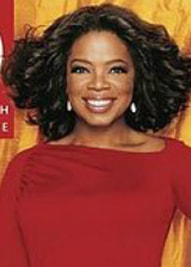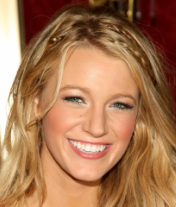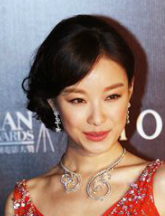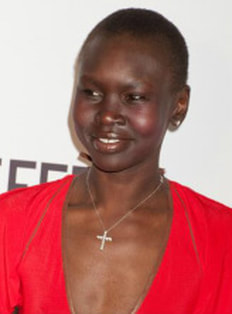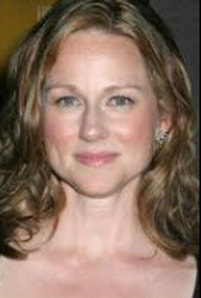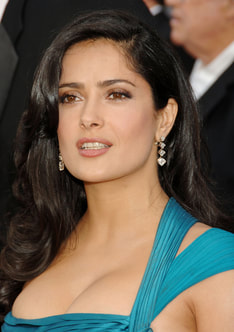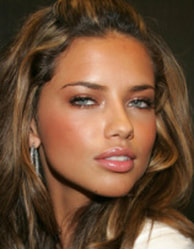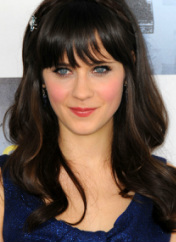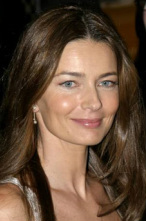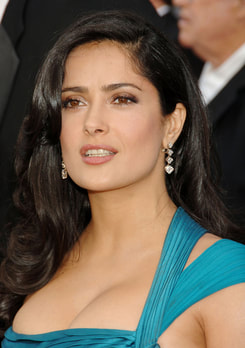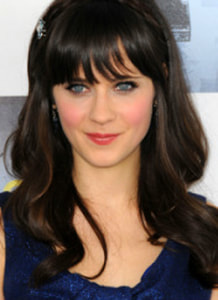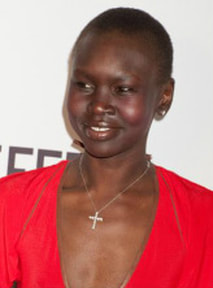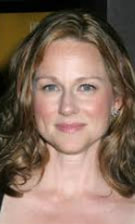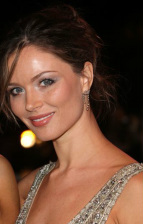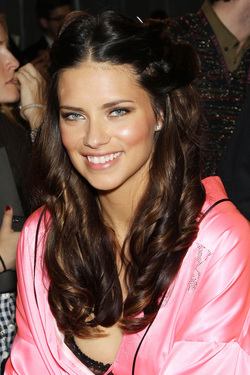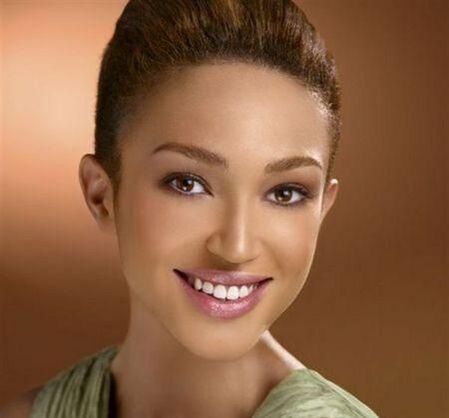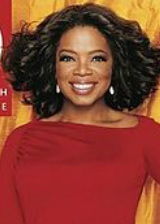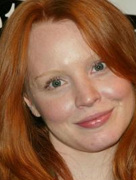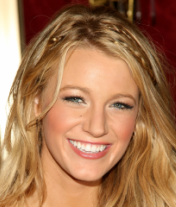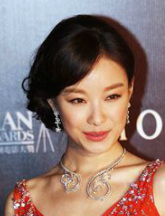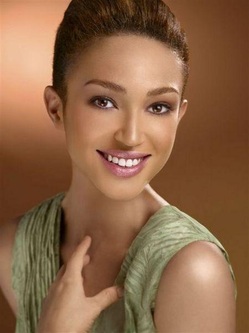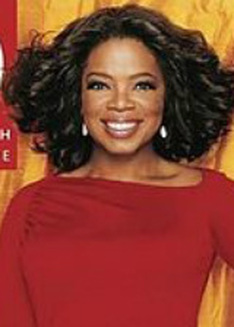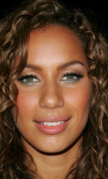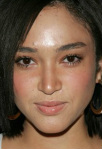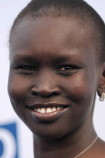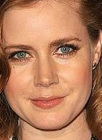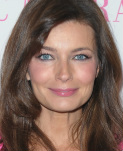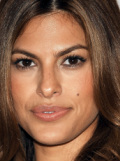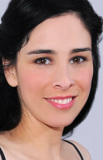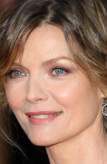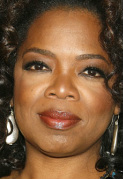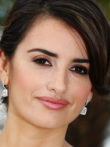Every part of your natural coloring is in harmony with every other part.
Your eyes, skin and true hair color all complement each other perfectly, exactly as they are.
To look your most beautiful, you don't need to color your hair. You don't need to wear expensive makeup or expensive clothes.
You only need to identify the palette of colors that harmonizes perfectly with the colors that are already in you.
The natural palette of your body harmonizes with one of 12 palettes that differ in warmth, chroma (brightness), and value (lightness). We call these different palettes seasons.
What are the 12 seasons of color?
Your eyes, skin and true hair color all complement each other perfectly, exactly as they are.
To look your most beautiful, you don't need to color your hair. You don't need to wear expensive makeup or expensive clothes.
You only need to identify the palette of colors that harmonizes perfectly with the colors that are already in you.
The natural palette of your body harmonizes with one of 12 palettes that differ in warmth, chroma (brightness), and value (lightness). We call these different palettes seasons.
What are the 12 seasons of color?
The First Dimension: Warm or Cool
We can divide everyone in the world into two groups.
WARM undertones
In the first group is everyone with skin undertones that are more warm than cool. The natural colors of their body tend to the warm side, and they look their best in colors that are similarly warm.
COOL undertones
In the second group is everyone with skin undertones that are more cool than warm. The natural colors of their body tend to the cool side, and they look their best in colors that are similarly cool.
Some people seem purely cool and some people seem purely warm, but most people seem to be a mix of cool and warm.
It's never a perfect split, though; everyone's natural palette leans either slightly or sharply in just one temperature direction.
It's never a perfect split, though; everyone's natural palette leans either slightly or sharply in just one temperature direction.
The Other Dimensions of Personal Color:
Value (lightness/darkness)
and
Chroma (brightness/softness)
We can take our two groups - cool(ish) people and warm(ish) people - and further subdivide them.
When we look at the cool folks, we notice that some of them are most flattered by colors that are rather dark in value and rather high in chroma. Colors are deep but pure.
Other cool folks are most flattered by colors that are light in value and low in chroma. Their best colors are muted and not very dark.
As for the warm folks, we notice that some of them are most flattered by colors that are fairly dark in value, but low in chroma.
Other warm folks are most flattered by colors that are light in value and high in chroma
So now we have four seasons. This is what you may remember from the 1980s. How do we get from four to 12?
Not all Springs
(or Summers, Autumns, or Winters)
Are Created Equal
If you were typed in the original four-season system but never felt comfortable with the verdict, you probably already figured this out: Within each of the four main seasons, there are subtypes.
Recall that color has three traits: warmth/coolness, value (lightness), and chroma (brightness).
Recall also that each of the four main seasons is characterized by a distinctive permutation of these three traits.
Each season has three subtypes.
In each of the three subtypes, one of the dimensions of color is dominant and extreme, while the other two are moderated somewhat.
For example, consider Autumns. In general, their colors are low-chroma, dark in value, and warm.
Some Autumns' best colors are OBVIOUSLY low-chroma, but only somewhat warm and medium in value.
Some Autumns' best colors are OBVIOUSLY low-chroma, but only somewhat warm and medium in value.
These are Soft Autumns.
Some Autumns' best colors are OBVIOUSLY dark in value, but only somewhat warm and not particularly low-chroma.
Some Autumns' best colors are OBVIOUSLY dark in value, but only somewhat warm and not particularly low-chroma.
These are Dark Autumns.
Finally, some Autumns' best colors are OBVIOUSLY warm, but medium in chroma and only somewhat dark.
Finally, some Autumns' best colors are OBVIOUSLY warm, but medium in chroma and only somewhat dark.
These are True (or Warm) Autumns.
4 main seasons x 3 possible dominant traits within each season
= 12 seasons
= 12 seasons
Spring
Bright Springbest colors are
HIGH CHROMA neutral-warm medium in value |
Summer
Soft Summerbest colors are
LOW CHROMA neutral-cool medium in value |
Autumn
Soft Autumnbest colors are
LOW CHROMA neutral-warm medium in value |
Winter
Bright Winterbest colors are
HIGH CHROMA neutral-cool medium in value |
best colors are
VERY WARM medium in value med-high chroma |
best colors are
VERY COOL medium in value medium chroma |
best colors are
VERY WARM medium in value medium chroma |
best colors are
VERY COOL medium value med-high chroma |
best colors are
VERY LIGHT neutral-warm medium chroma |
best colors are
VERY LIGHT neutral-cool medium chroma |
best colors are
VERY DEEP neutral-warm med-high chroma |
best colors are
VERY DEEP neutral-cool med-high chroma |
